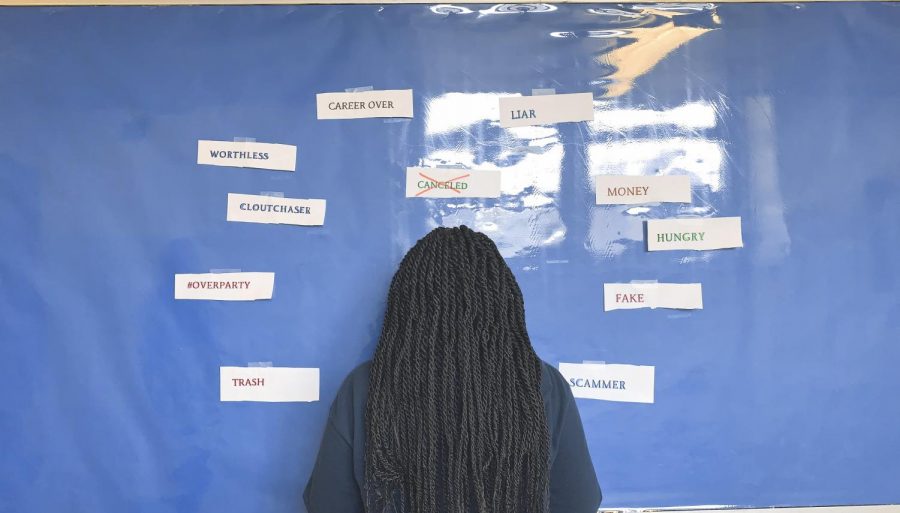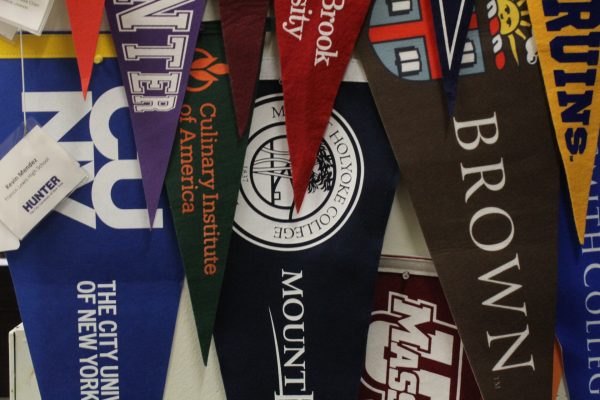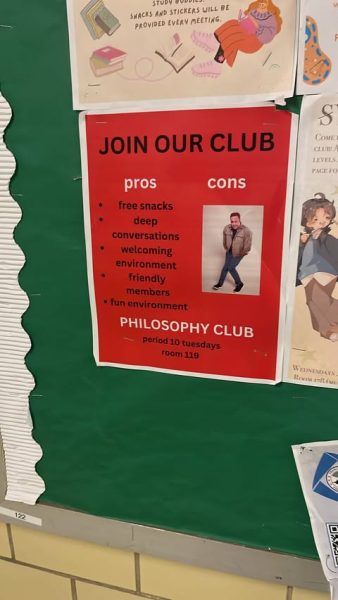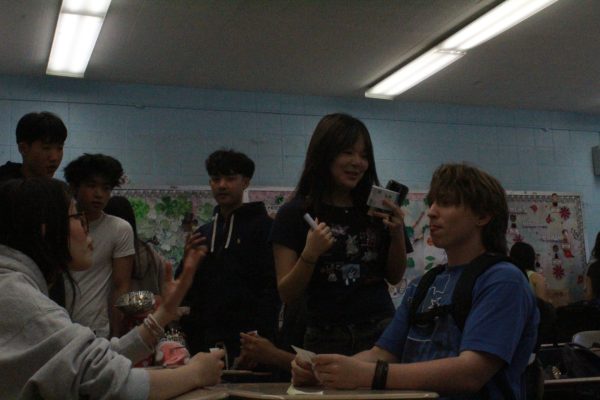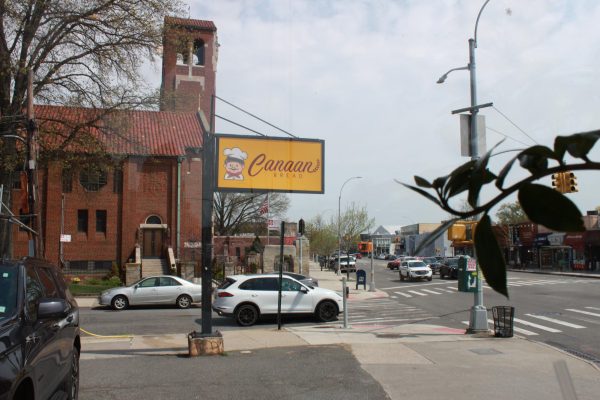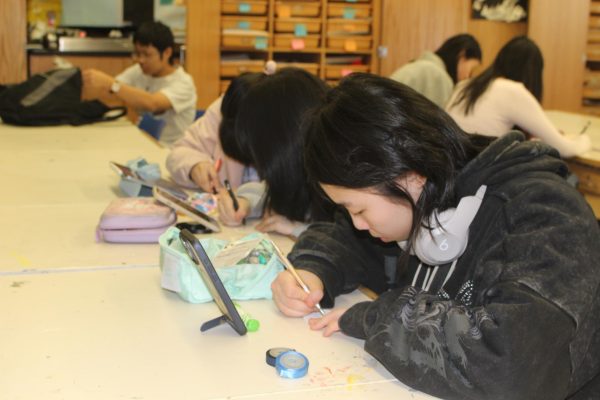Cut it Out: The Effects of Cancel Culture
Nowadays, our phones are like an attached limb. We simultaneously live with them and almost like an alarm we instantly check Instagram, Snapchat, and Twitter. We wallow in the comfort of our own homes and online conflicts stick to us. A new found phenomenon of our generation is cancel culture. It’s a form of boycotting a person, more commonly a celebrity, who has had problematic behavior or unnerving opinions called out on social media.
The person is then “cancelled,” which means they’re excluded by a large population of their following, which leads to irreversible effects on the person’s online career in addition to affecting the social media experience of teenagers.
“Cancel culture definitely falls into my category of “what ifs” when involving social media,” Middle College High School senior Suha Nadeem said. “I’ve seen it bring out buried insecurities of some highly influential people but then also help expose YouTubers of their deception. Good or bad, influencers can’t ignore all the hate they receive when they become ‘cancelled’. This leaves me knowing the dangers of social media, knowing that it’s better off staying away from such fame.”
Some teenagers believe this new culture is creating a mob mentality that can persuade individual opinion.
“Most times I don’t side with the person being cancelled because the reasoning behind a YouTuber being cancelled is so exposed and fed into my mind that I go with the “trend” unintentionally, even though I might not believe in what the media says about the YouTuber,” Nadeem said. “I have gone against the trending belief in YouTube drama if the apology of whose been cancelled seems genuine.”
“Social media became more toxic with cancel culture,” Bhuiyan added. “Nobody has their own opinions anymore as people join the rest of the bandwagon.”
Francis Lewis High School junior Daniel Cedeno, a member of the YouTube community, has seen cancel culture firsthand and how detrimental evidence is during the conflict.
“They tend to use fake evidence, and it allows their image to become more non-trustworthy and unreliable,” Cedeno said. “It’s hard to judge them because you’ve never been put in a position where it’s you against the world, so you’d do [just] about anything.”
For example, a known YouTuber named Laura Lee was cancelled for tweeting racial statements back in 2012. This caused her to lose over 200,000 of her followers and in response, she first tweeted an apology and then made an apology video. Her apologies were slammed online as insincere and incomplete. Apology videos on YouTube have been dubbed as staged and YouTubers appear to put on a persona to make people feel bad for them. Most commonly, in apology videos they consist of a quiet place, the person appears messy and unkept, their voices are low, and they usually look like they are forcing their tears.
“You can tell when someone is acting and when someone is raw in their videos,” Nadeem said. “It is easy to pick up when you’re being lied to because you find yourself questioning this person’s honesty in videos and you slowly see the missing pieces that can’t be covered up with their deception.”
This problem pegs the question: Can you separate the art from the artist? It’s a matter of overlooking the artist’s offenses in order to appreciate the art. It can be overwhelming for young minds to pick out who to trust.
“It can be so frustrating at times because I really liked the person but I can’t unsee what they did, my morals won’t allow it,” Middle College High School senior Nubaha Bhuiyan said.
Cancel culture can also cause teenagers to take precautions on social media, which sometimes means that they can’t express themselves in a certain way.
“Cancel culture has made me more cautious,” Bhuiyan said. “I don’t want to offend anyone online because of something I said. It’s so easy for people to misinterpret words typed because you don’t know [the] tone they meant. People can’t read people through a screen and that’s the problem.”



